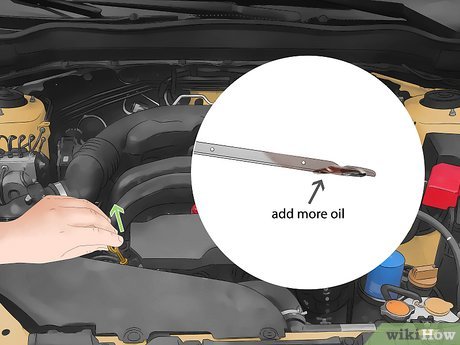How to Check Engine of Used Car
Pre-Inspection Checks
Before you start inspecting the engine, there are a few things you should do to ensure your own safety and the accuracy of the inspection:
- Park the car on a level surface. This will prevent the oil from pooling in one area of the engine and giving you a false reading.
- Allow the engine to cool down. A hot engine can burn you if you touch it, and it can also make it difficult to see any potential problems.
- Gather your tools. You will need a flashlight, a dipstick, and a rag.
Visual Inspection
Once you have completed the pre-inspection checks, you can begin the visual inspection of the engine. Look for the following:
- Oil leaks. Any oil leaks, no matter how small, should be investigated. Oil leaks can indicate a serious problem with the engine.
- Coolant leaks. Coolant leaks can also be a sign of a serious problem. If you see any coolant leaks, have the car inspected by a mechanic.
- Cracked or damaged hoses. Hoses that are cracked or damaged can cause the engine to overheat or lose power.
- Loose or missing belts. Belts that are loose or missing can cause the engine to overheat or lose power.
- Corrosion. Corrosion on the engine can be a sign of neglect or abuse. If you see any corrosion, have the car inspected by a mechanic.
Fluid Checks
Once you have completed the visual inspection, you can check the fluids in the engine. Check the following:
- Oil level. The oil level should be between the “full” and “add” marks on the dipstick. If the oil level is low, add oil until it reaches the “full” mark.
- Coolant level. The coolant level should be between the “min” and “max” marks on the reservoir. If the coolant level is low, add coolant until it reaches the “max” mark.
- Brake fluid level. The brake fluid level should be between the “min” and “max” marks on the reservoir. If the brake fluid level is low, add brake fluid until it reaches the “max” mark.
Listening for Noises
Once you have checked the fluids, you can listen for any unusual noises coming from the engine. Start the engine and listen for any knocking, ticking, or squealing noises. These noises can be a sign of a serious problem with the engine.
Test Drive
The final step in checking the engine of a used car is to take it for a test drive. Pay attention to how the engine performs under different driving conditions. Look for any signs of hesitation, vibration, or overheating. If you notice any problems, have the car inspected by a mechanic.
Conclusion
By following these steps, you can check the engine of a used car and identify any potential problems. This will help you make an informed decision about whether or not to buy the car.





